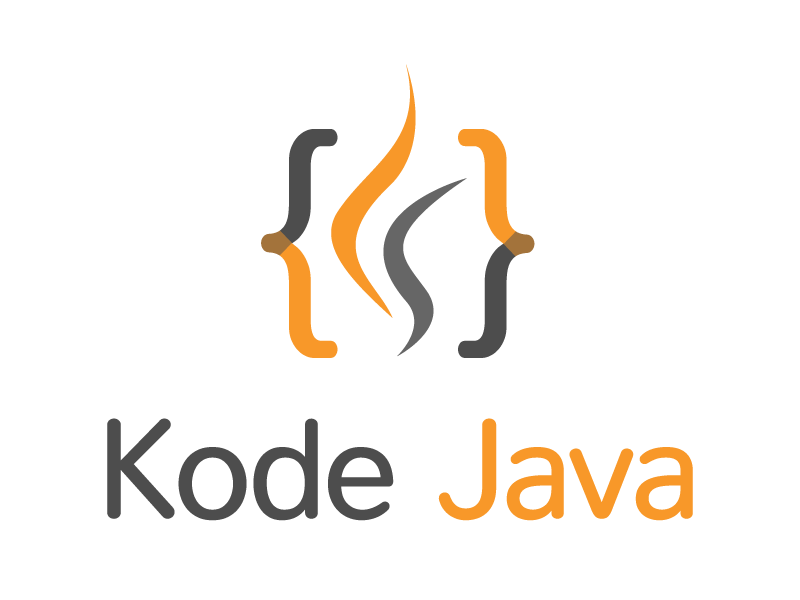Starting from Java 7 release you can now use a String in the switch statement. On the previous version we can only use constants type of byte, char, short, int (and their corresponding reference / wrapper type) or enum constants in the switch statement.
The code below give you a simple example on how the Java 7 extended to allow the use of String in switch statement.
package org.kodejava.basic;
public class StringInSwitchExample {
public static void main(String[] args) {
String day = "Sunday";
switch (day) {
case "Sunday":
System.out.println("doSomething");
break;
case "Monday":
System.out.println("doSomethingElse");
break;
case "Tuesday":
case "Wednesday":
System.out.println("doSomeOtherThings");
break;
default:
System.out.println("doDefault");
break;
}
}
}
